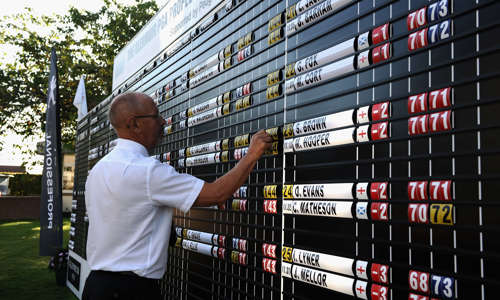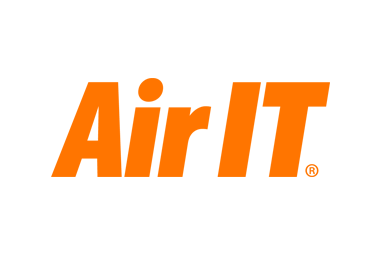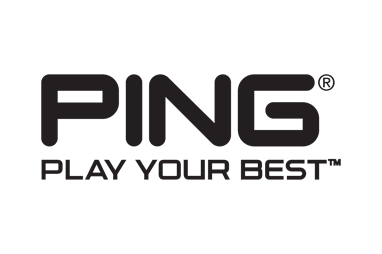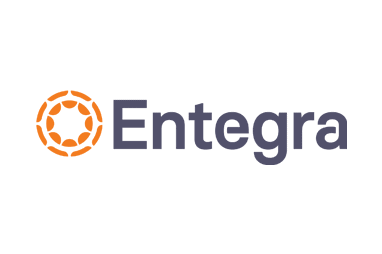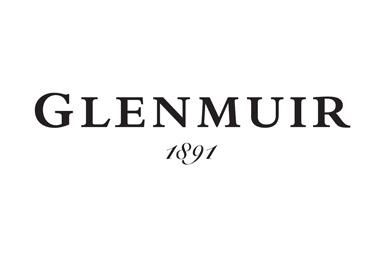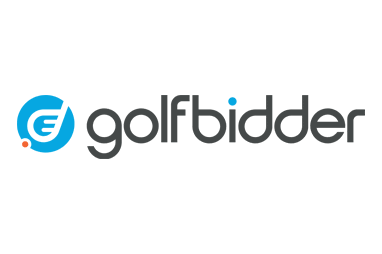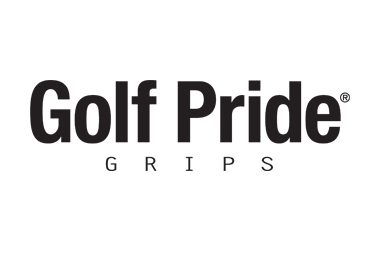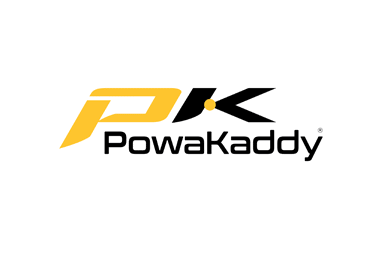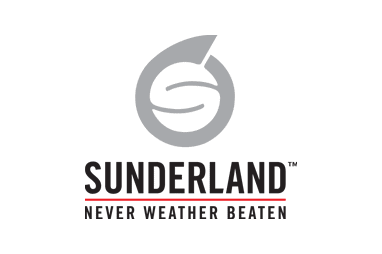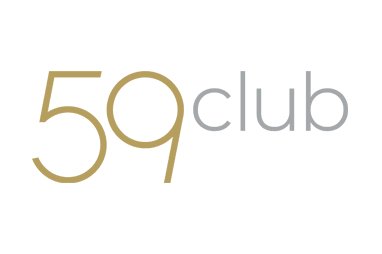Phil Barnard’s Stock Turn Studio

21/02/2020
With more golf professionals feeling the pressure, spending time to get to grips with the fundamentals of retail is essential. An understanding of stock turn and practicing good stock management should be high on your priorities. Here, in the first of our 2-part series, Stock Turn Studio, XPOS Chairman Phil Barnard, tells us why more retailers need to smarten up and take stock.
As many of you know, I deliver a good number of talks every year and it's a part of the job I really enjoy. I'm lucky I've got insights to share, and, knowing that people can take something away from the sessions that they didn't know before is what it's all about. Hopefully it'll be new stats, or bit of advice that helps them to do things better.
I do find it frustrating though, and I've said this before, that there are always those people who don't show up, despite having said they'll come. Worryingly, they’re often the retailers that probably needed to up their skills and would benefit from a wake-up call. I can't believe they're too busy at this time of year. Perhaps they think they've got more important tasks to do but I doubt anything is more valuable than making time for education on a cold miserable February day.
Let's Take Stock
Let's look at something that should be high on your list of priorities to get to grips with. A key indicator of retail efficiency: Stock turn. This is a simple number that relates the level of stock to the rate of sale. Stock turn can range from 1 for an antiques shop, for example, to 50+ for a fruit and veg shop. You can't stockpile fruit without it rotting, so you have to sell it and turn it over very quickly.
"Improving stock turn from 2.5 to 3.5 would reduce stock holding by almost 30% - for the average pro, that could provide enough cash for an indoor swing studio"
At the end of last year, the average stock turn for an on-course golf shop was 2.7. High street sports retailers operate closer to 4.5 and apparel shops at around 3.7. Ideally, pro shops should have a stock turn of between 3.5 and 4.
The difference may seem small but the implications are huge. Improving stock turn from 2.5 to 3.5 would reduce stock holding by almost 30% - for the average pro, that could provide enough cash for an indoor swing studio.
Holding too much stock damages margins. The concept of buying big, buying cheap and making a profit doesn't work in the pro shop world. With limited distribution channels, pro's who buy too much stock can damage their profits and disappoint customers in the process.
Why? Off-course retailers focus on choice and price, but most pro shops have limited space and cash. For them, big isn't better. Many offer too much choice and buy in big quantities, assuming this brings lower unit costs. But with a limited customer base (visitors and members of the club), too much stock just results in items gathering dust. So, to make space and recoup some cash, they hold a sale - inevitably this is targeted at the same customers who have come in and bought the same products at the full price.
"Focus more on selling, rather than buying".
The result? Products are heavily discounted and customers understandably miffed to see their recent purchase now going cheap. Even worse, customers now know they should wait for the sale, rather than pay full price in the shop.
The False Economy
NEVER be tempted to buy 'a few more', even if you're assured it'll "bring the purchase price down and you'll make more margin". You won't. Lurking behind the, often tempting, gross margins are often hidden costs - dead stock being just one. True profitability can only be calculated when you take this into consideration.
Pro's must look at a different way to compete. They need to buy enough of the right products for their target customers (a topic for another day), then focus on excellent service, professionalism and convenience. This is the most effective weapon against other retail channels. Focus more on selling, rather than buying.
My advice: Buy smart, buy less. Think about selling the right products to the right customers, which may mean reducing brands or product categories.
Remember the Pareto principle: 80% of your margin is generated by 20% of your customer base, and possibly by 20% of products. Focusing on that 20% is vital. Make sure you have the right products in the right quantity to satisfy their needs. This is the formula that pro's need to learn to have success.
Phil Barnard is the founder and Chairman of XPOS, the sales and stock management solution designed for golf. For more insights and retail opinion, follow Phil on Twitter and LinkedIn.
- Categories:
- Members




